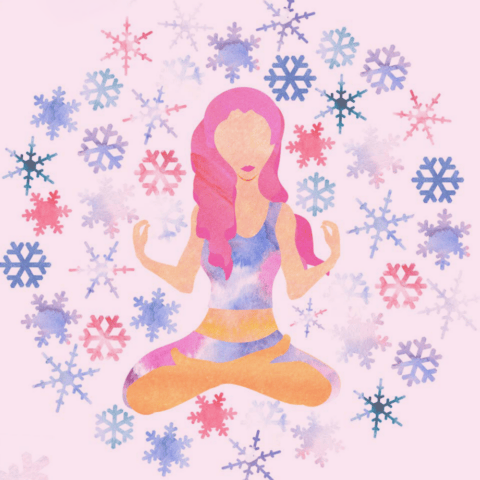Hay fever season is upon us, so prepare yourself for the nasal marathon!
For up to a third of Kiwis, spring isn’t just a time to pack away the woollies and look forward to summer weather. It’s also a time of trepidation: spring signals the start of pollen season.
If that means nothing to you, think yourself lucky. For those who are prone to hay fever, it can be the start of a long-term sniffly, snuffly, sneeze-fest that also includes runny eyes and nose, swollen eyes and fatigue.
What is hay fever?
Hay fever is technically known as allergic rhinitis, and it’s a reaction to environmental allergens, including dust mites and pet hair (which can happen year-round), as well as airborne pollen.
That can mean pollens from trees – like gorse and macrocarpa – and also from grasses and weeds. In some people, the immune system goes haywire in response to these allergens and releases histamines which trigger all those allergy symptoms.
When is hay fever season?
Hay fever season starts in earnest in early spring, when the trees start to release pollen, sometimes in huge clouds that can travel long distances. Warm, windy weather gives pollen the perfect opportunity to spread far and wide, and to irritate as many noses and eyes as possible.
According to Allergy New Zealand, tree pollen in Aotearoa is not as bad as the grass pollen. Grass allergy, they say, is a severe problem, “because its season goes from August/September through to March. This makes New Zealand’s pollen season a nine-month nasal marathon!”
If you’re allergic to grass, chances are you’ll react to more than one species, meaning you’ll be suffering for a protracted period of the year.
You can find out if your hay fever is related to a specific allergy via specialised testing, usually done as a skin prick test to see how you react to certain allergens. There’s also a blood test known as a radioallergosorbent test (RAST) that’s used for diagnosis – this is usually done in specialist allergy clinics.
Be wary of saliva testing, hair testing or any kind of online allergy testing. These are not recognised as legitimate diagnostic tests.
How to treat hay fever
1. Avoid allergens when possible
The first step in easing hay fever symptoms is avoiding the allergens in question as much as possible.
This might be tricky if you have to go outside, but it’s useful to know that warm, dry, windy days are the worst conditions for hay fever sufferers during pollen season, so it might pay to stay inside on those kinds of days if you can. Rainy days, and the days after, are more likely to be calm as the pollen has been washed away.
It’s also worth knowing that pollen concentrations vary through the day. They’re typically lower in the early morning and highest around midday – a bit like the strength of the sun.
Allergy NZ has a pollen calendar on their website where you can see when various species release pollen; this might help you figure out what’s irritating you.
Over-the-counter medications
Assuming you can’t avoid going outside, what are some other options for treatment? There are plenty of over-the-counter hay fever medications, and these can work well if your symptoms are not too severe. They include nasal sprays and decongestants, eye drops and antihistamine pills.
There are also prescription versions of antihistamines – which work by blocking irritating histamines – and corticosteroid nasal sprays, which prevent and treat nasal inflammation, nasal itching and a runny nose.
Immunotherapy
If you have severe symptoms, there’s another option that’s worth investigating. Immunotherapy is a long-term commitment, but it can work to reduce or even eliminate the need for hay fever medications. Experts estimate three years of treatment can result in five to 10 years worth of benefit.
Immunotherapy involves receiving regular injections – over two or three years – of the allergens to which you react. The idea is that your body gets used to these tiny amounts of allergens and gradually becomes used to them; the immune system basically calms down and stops reacting. This can also be done with a daily tablet that’s dissolved under the tongue, again taken over several years.
Lifestyle changes
There are also some lifestyle changes you can make to lighten your pollen load during the worst times of the year, beyond simply staying inside. Keeping the windows and doors closed is the obvious one. Don’t hang your washing outside so pollen doesn’t stick to your clothes and linen, and delegate your lawn mowing to someone else.
Inside, if you have a ventilation system or an air conditioner with a filter, use it – likewise in the car. Using a vacuum with a high-efficiency particulate air (HEPA) filter will also help.








